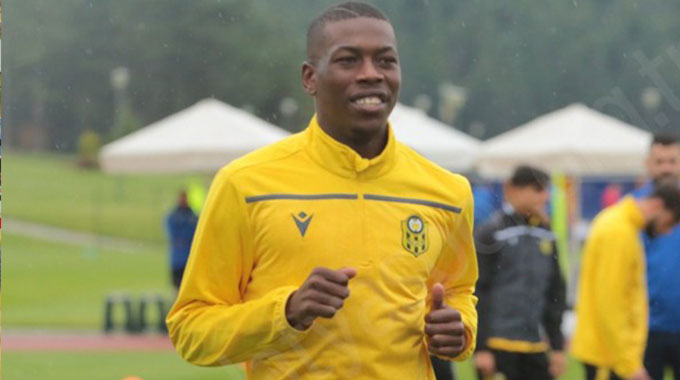The Lockdown Creative Writing Challenge: The power of meditation

Christopher Mlalazi
Welcome once again to our exciting Lockdown Creative Writing Challenge for budding writers.
Let us not forget that through this series, we are here to inspire each other as writers, and also find something to do that will keep our minds occupied as we seek to mitigate the impact of the coronavirus pandemic.
To repeat, it is highly important that we abide by the rules of the lockdowns. Let’s make them our close friends, as without them, society is faced with an existential threat which we must win at all costs.
In the last installment of the Lockdown Creative Writing Challenge, we discussed the importance of drafting and revision while in the process of working out your fresh story concept, and we took the short story as the ideal format to test these building blocks of story writing.
I want to continue this week on that same line of drafting and revising, as it is a pivotal first step that can get you into the other side by crystalising your concept, which at this stage of the writing process if often still faint like an unpolished gem.
Once you have written that first draft as far as you can by piling in anything that you can think of, and after having assessed that and satisfied yourself that there is a story buried underneath that mush of words, next comes another process.
You must try to visualise your story mentally. Imagine it in your mind from point A to Z. This requires you to just sit back, relax those stiff muscles, and dream.
There is a term for this. It is called meditation. Some call it yoga, but let’s stick to the former as it doesn’t sound so mystic.
In meditation, the first thing that you must do to be able to achieve this state is once again to be able to find a very quiet spot.
Preferably, this can be in your writing corner with your notebook, or word processor, with your story open in front of you.
It might sound complicated, but it is very easy. I must not forget to mention that you must also make sure that nobody is watching you, as besides providing a distraction, they might end up thinking you have gone bonkers.
But hear this from an experienced writer, bonkers you are not, but you are engaging in one of highest forms of concentration.
Once you are ready to mediate, the first thing to do of course is to close your eyes, and then try to empty your mind of all thoughts other than the story that is sitting right in front of you.
Then try to trace your protagonist, the main character, from the beginning of the story up to the end.
This works well if you are writing a short story, as your mind can easily encompass that span.
As you visualise your character, get into their mind and try to see what they see, the sounds they hear, the scents — but please don’t fall asleep while you do this, as it is very easy to do so (I nearly put a smiley icon here!).
Consider this as your mental revision of your story, and it doesn’t take long, just a minute or two.
Once done with that, you are now ready for the practical revision, which you must now attack with vigour.
Another benefit of meditation is that it refreshes your mind, and gives you that energy to look at your story once again with fresh eyes.
As you progress in your revisions, always keep in mind that you will never produce a complete story instantly. It’s a labour of love. You have to revise and revise and revise, and at each revision, always concentrate on perfecting just one aspect of the story.
And what do I mean by this?
For example, in the first revision you might try to strengthen your narrative power.
This means convincingly telling that character A went from position B to Z, and while doing that, they had to divert to E, then to F before coming back to the main route to continue with their journey.
They diverted to B because they wanted to collect a friend, and then to F because they had to look for drinking water which could not be found on the main route.
At this point you are building the frame of your story arch. Forget about the roses, the wine, and all those other nice things at this stage, the time for that will come in due course.
A good analogy for this is making a toy car from scraps of wire. You don’t start with the lights, the doors or the smart boot that opens and closes.
You start by tying together a rigid frame.
And after this, what next?
We will talk about that in the next installment.
In the meantime, stay safe, stay home, and stay writing!











Comments